Planet Zoo is using procedural animation to create the most realistic animals we have ever seen in a video game
Planet Coaster makers Frontier Developments are making virtual creatures so detailed that they even breathe differently
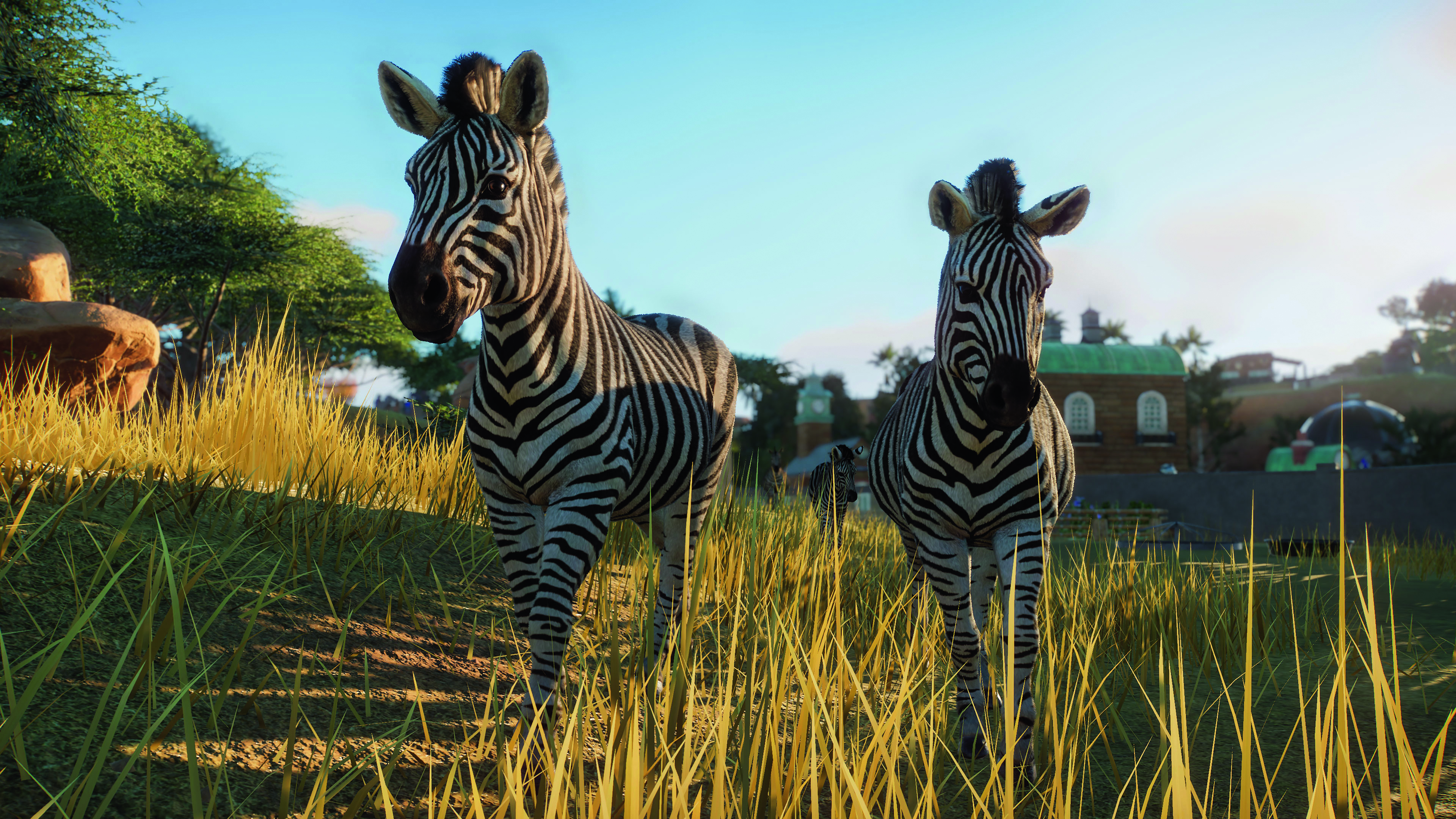
There's a moment in our demo of Planet Zoo, the follow-up to Frontier Developments' theme-park sim Planet Coaster, that captures perfectly the fantasy the studio is shooting for. The camera floats above the clouds, overseeing all creation, before plummeting with all the sudden gravity of a rollercoaster drop, into an enclosure filled with lions. Each member of this small pride roams around with convincing independence, one clambering down a slope to paddle around their player-constructed pool. The camera pushes in further still, until we can pick out every strand of fur in their manes. What makes it truly remarkable is the scale, and the contrast between the bird's- and worm's-eye views. The demo repeats the trick, zooming out and whizzing across the zoo, past large constructions and a closed-loop railway, to pick out a family of African elephants, where one calf is in the water using its trunk as a snorkel. Then it’s onto the zebras, the grizzly bears, the peacocks…
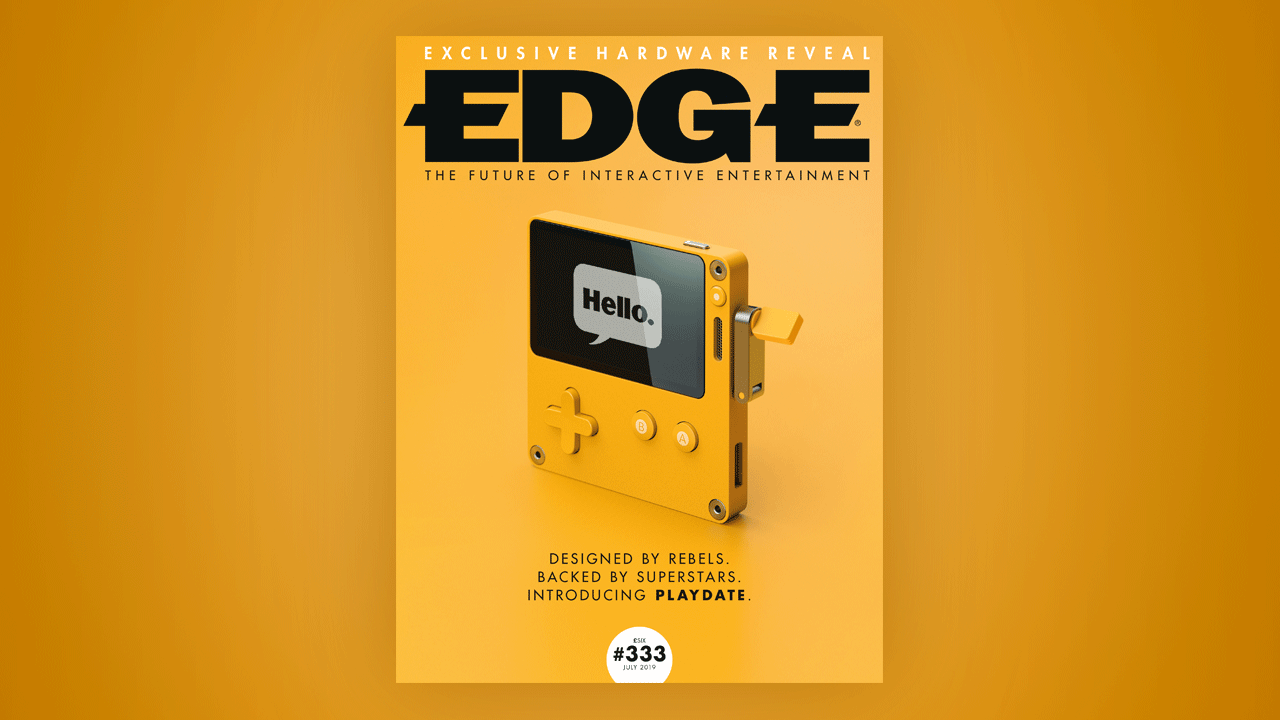
This feature first appeared in Edge Magazine. If you want more like it every month, delivered straight to your doorstop or your inbox, why not subscribe to Edge here.
A single zoo can contain hundreds of animals, across dozens of species, and Frontier wants them all to be equally believable and engaging to watch. "We never wanted any animal to feel like a reskin of another one," lead animator Chris Marsh tells us. "One thing we found with Jurassic World Evolution is that everybody has their favourite dinosaur, their favourite animal – and if the player feels like their favourite hasn’t been given as much love as another species, that would be a shame."
Two by two
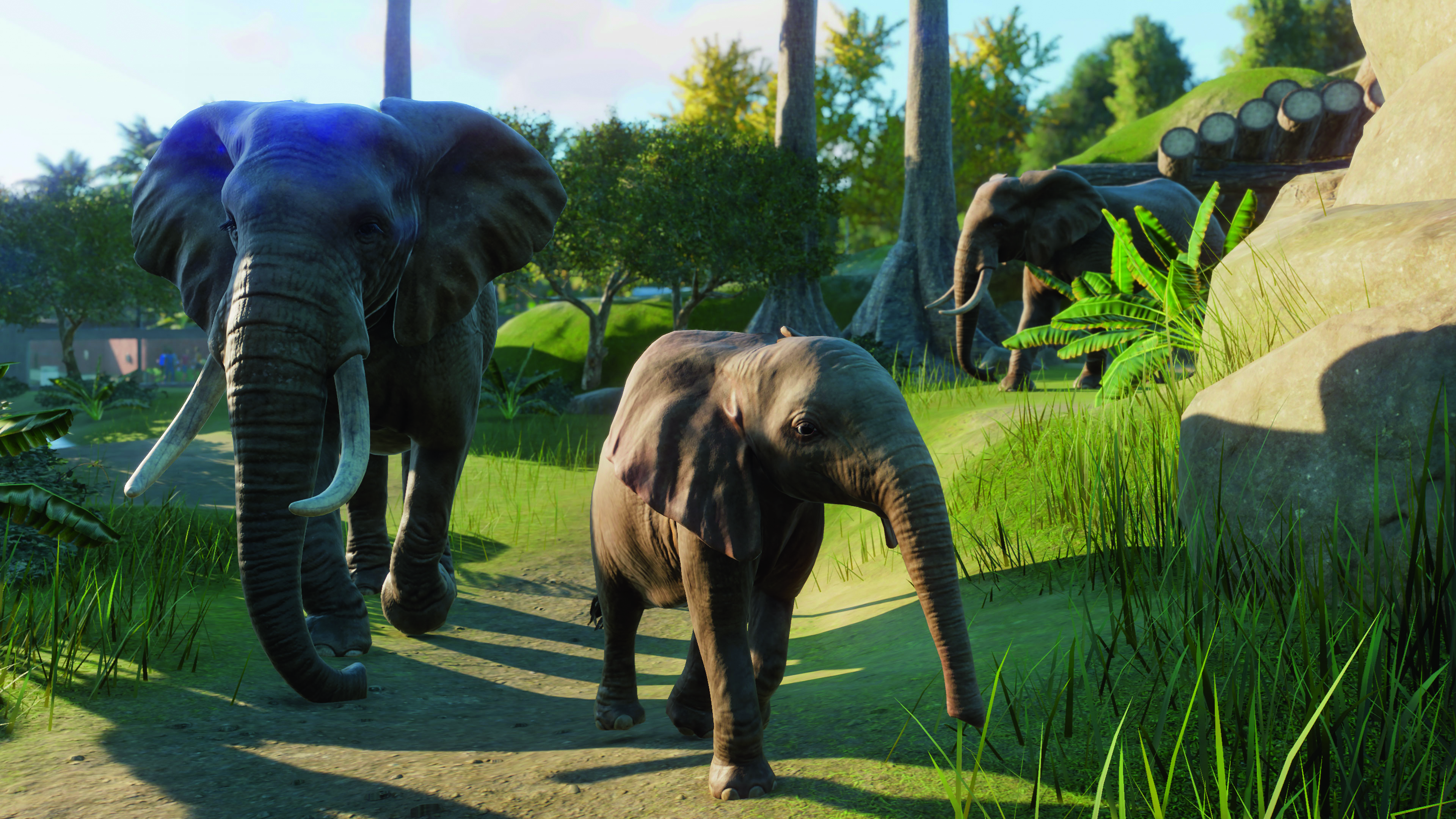
Planet Coaster isn't the only Frontier game that's feeding into the development of its latest project. "There’s a lot of DNA in Planet Zoo from our history," Marsh says, pointing back to the aforementioned Jurassic World Evolution, which applied the studio's management-sim template to a park full of dinosaurs. Beyond that, there's Zoo Tycoon and its Kinectimals games for Microsoft and, further back still, the PS2 game Dog's Life. This helped equip the animation and programming teams, many of whom worked on these earlier projects, with the skills needed to create realistic animals. But scaling that up to an entire ark's worth of species, able to react dynamically to user-generated geometry as players turn molehills into mountains underfoot, or paw or hoof? That would require a fresh approach.
The solution, principal programmer Ollie Powell explains, was "finding core sets of animations that could be shared and tweaked in a procedural way." The basic elements of a walk cycle for a lion, for example, can be applied to the rig for a zebra or any other quadruped. "The retargeting system actually takes some inspiration from Spore," says Powell. "They figured out this idea of how you generalise motion into this abstract motion essence, ready for any skeleton, and then reapply that to different morphologies."

"When we ask what happens if you were to put carnivores and their prey in the same enclosure, the team seem taken aback at our bloodthirstiness"
This might sound like it would result in a zoo filled to bursting with lions, tigers and bears all marching in perfect step, but the key is the tweaking. Powell and Marsh show us how a zebra’s walking animation can be carried across to a camel, then slowed down to give it a more deliberate gait. With a couple of tweaks to the posing of the camel’s underlying skeleton – the neck raised a little, the head held just a tad higher – the two animals quickly feel distinctive, even walking alongside one another. "Layer on these little shakes, eye twitches and ear flickers," says Powell, "and if they're out of phase with each other, you get all of this variety emerging." Combined with procedural systems such as foot planting, headlook and ragdoll, the game can summon a menagerie of believable creatures relatively quickly, and "free up animators to do the bespoke lovely stuff."
He shows us a peacock spreading its tailfeathers, each one unsheathing from beneath its neighbour and fanning out beautifully. Then a loop of two lion cubs playfighting and tumbling over one another, as compelling to watch as it is adorable. These are moments handcrafted by the animation team, and are what Marsh refers to as “the little motions that make an animal unique". This combination of procedural and handcrafted animation enables Frontier to create animals that feel believable both with the camera pointed straight into their refractive irises, and with it pointed down from the skies, watching a herd move as one. But, you might notice, this is all concerned with the act of watching rather than interacting, and that’s partly because Frontier is currently keeping details about the game's management and construction aspects fairly close to its collective chest.
Survival of the fittest
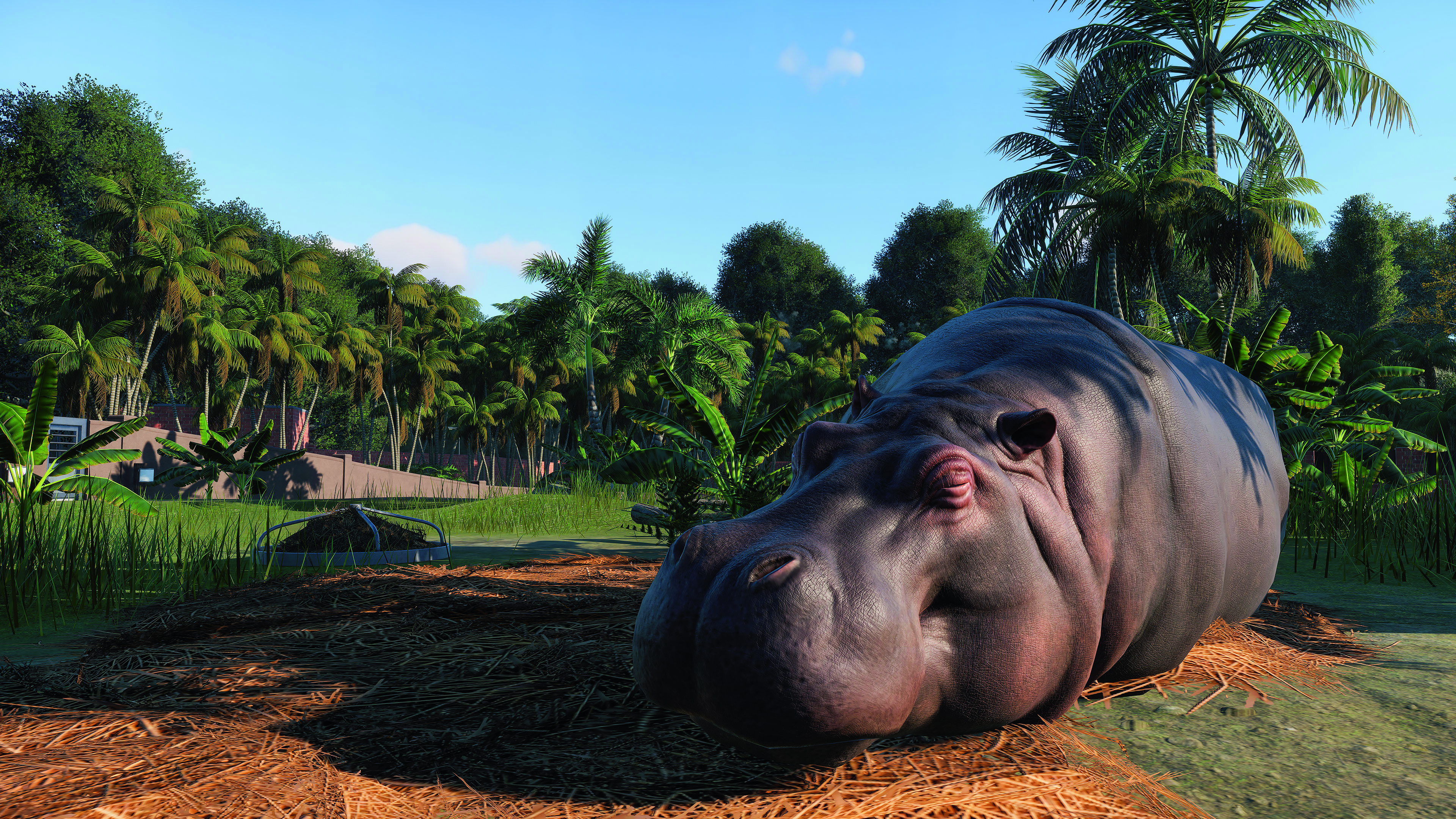
The suggestion seems to be that Planet Zoo will stick fairly close to its theme-park predecessor, albeit with an extra layer of management in keeping animals happy and healthy. They’ll need to have their habitat and nutrition needs met, and be paired up carefully to avoid inbreeding. This side of the game is founded in reality: Frontier has commissioned research on each species’ needs and behaviour, and interviewed zookeepers about their processes. The space needed for each animal’s habitat is based on government guidelines.
Weekly digests, tales from the communities you love, and more
While management sims can lead players to ruthlessly min-max in the pursuit of efficiency, the emphasis here is on creating a “modern zoo” – a phrase we hear multiple times during our visit to Frontier’s new HQ. Conservation and education will be as much a part of the management game as maximising profits, we’re told, although how players will be incentivised to be good zookeepers remains a little unclear. It shines through in the overall feel of the game, which is relatively gentle – certainly in comparison to Jurassic World Evolution. Forget to complete the wall around an enclosure and, while animals will escape, they won’t then starting chomping on visitors. The game will model alpha hierarchies inside a species, and fights can break out – we’re shown a remarkable dynamic scarring system – but these are unlikely to be fatal.
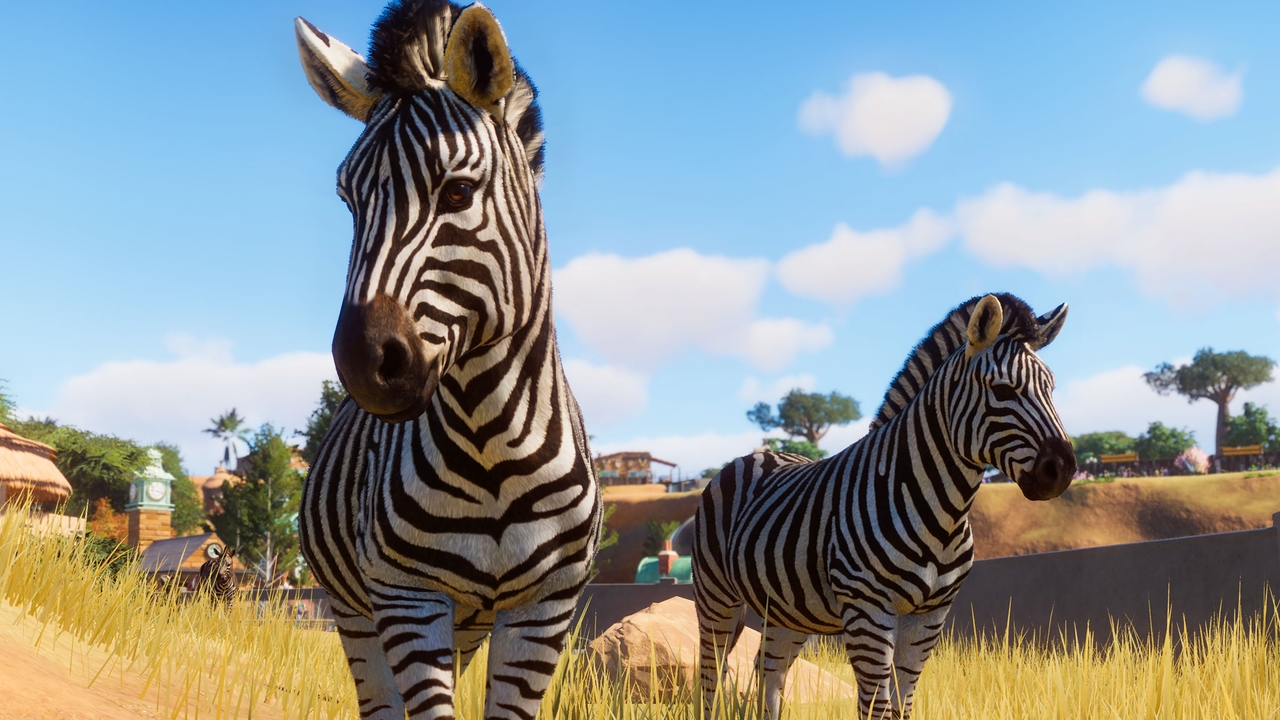
Planet Zoo is as much about amazing creatures as it is about education, conservation and animal welfare, as we discovered in our Planet Zoo preview out of E3 2019.
When we ask what happens if you were to put carnivores and their prey in the same enclosure, the team seem taken aback at our bloodthirstiness. The answer is that, yes, predators will eat their cohabitants – but it comes with an implied question of why anyone would even want to do that. This reaction is indicative, perhaps, of Frontier's dedication to making these feel like living, breathing animals. (Literally, in the latter case, with respiration being another procedural animation applied to each species.) The studio isn’t denying that nature is red in tooth and claw, but realises this isn't what people want to see on a nice family day out at the zoo.
This, ultimately, is what the development team is trying to achieve. While theme parks are all about interaction and thrills, zoos are by their nature more passive. It's the natural divide between the two halves of the park-sim sub-genre, but in both cases, a major part of the pleasure is just sitting back and enjoying the fruits of your labour. So it’s a good thing that Planet Zoo's virtual animals are about the most convincing we’ve ever seen.
For more features like the one you've just read, be sure to check out the Edge magazine channel page here on GamesRadar or visit MyFavouriteMagazines to check out the latest subscription offers.
Edge magazine was launched in 1993 with a mission to dig deep into the inner workings of the international videogame industry, quickly building a reputation for next-level analysis, features, interviews and reviews that holds fast nearly 30 years on.



